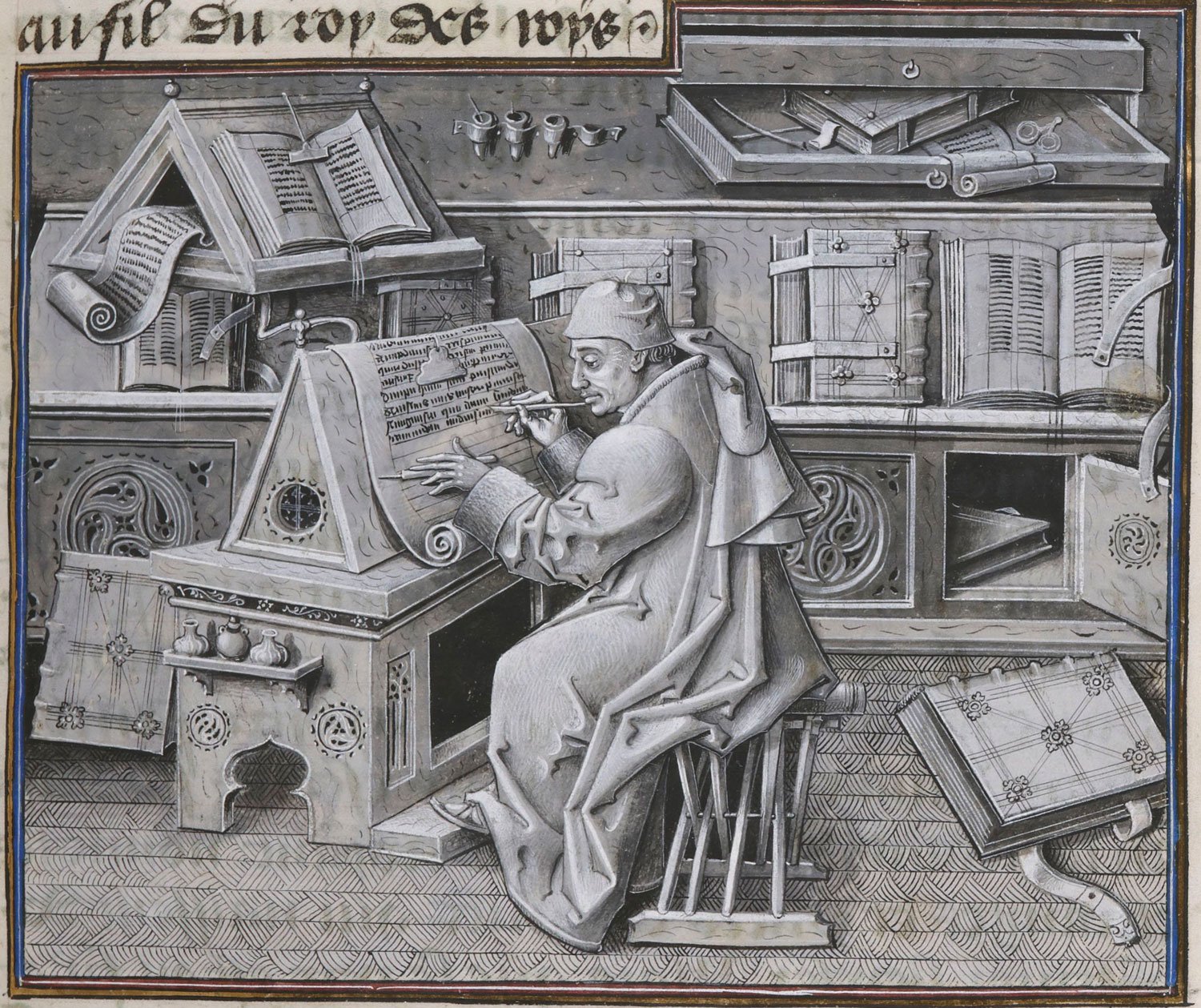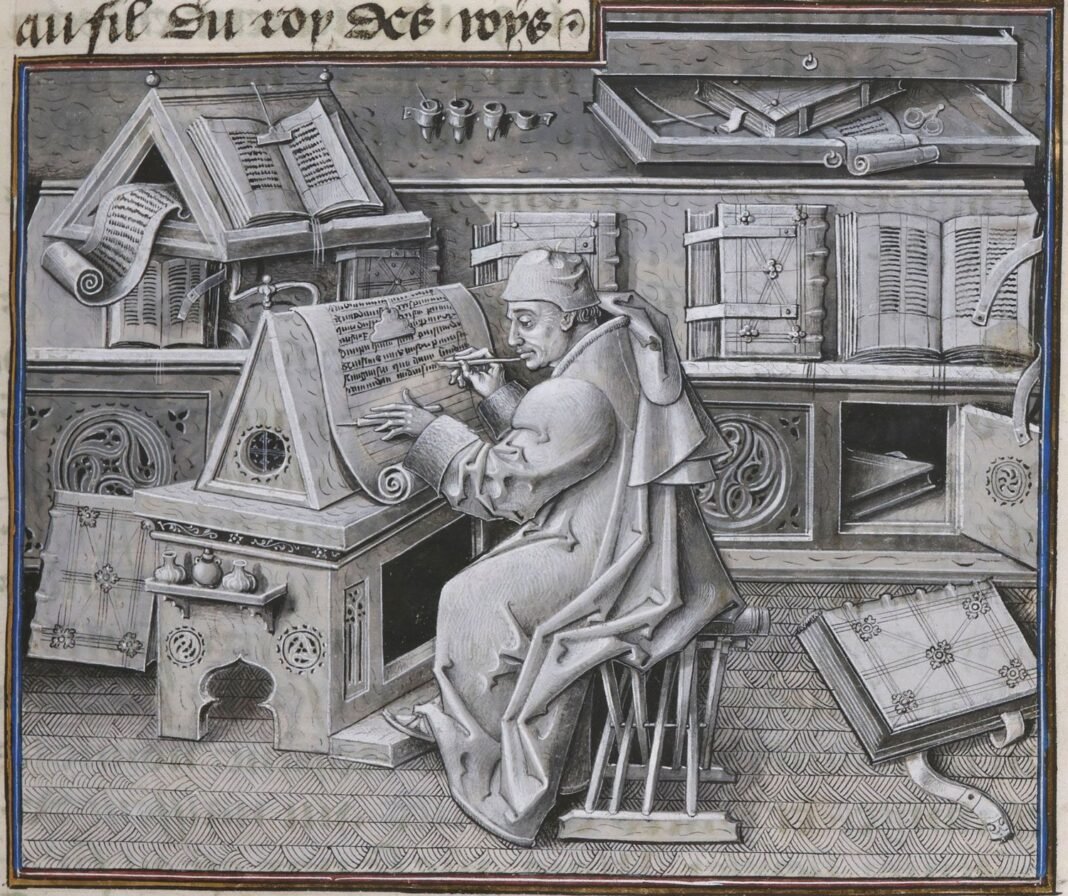
Modern technology is reshaping how scholars study ancient Biblical manuscripts, offering fresh insight into how sacred texts evolved over centuries.
Researchers say new scientific methods reveal not only the earliest recoverable versions of these writings but also how they were interpreted and reshaped across cultures and time.
Knowledge of classical and biblical works has relied on scribe-preserved handwritten copies for centuries. Texts by figures such as Aristotle, Galen, and Ptolemy—and the Gospels themselves—survived only through generations of meticulous copying.
Yet that process was rarely perfect. Scribes often corrected contradictions, added commentary, or unintentionally introduced errors, resulting in layers of variation that built up over time.
New methods trace centuries of variations
To untangle this complexity, scholars have turned to a method first used in biology: phylogenetics. The approach, originally developed to trace evolutionary relationships by analyzing inherited traits, is now used to map textual changes in manuscripts.
Scientists applied similar techniques during the COVID-19 pandemic to track mutations in the virus’s RNA. Scholars of textual studies have employed similar reasoning to map the divergence of biblical texts over the centuries.
Peter Robinson, who studied Old Norse manuscripts in the 1980s, helped pioneer this shift. In 1991, he challenged researchers online to replicate his months-long manual analysis of 44 manuscripts using a computer.
Biologist Robert O’Hara responded with a phylogenetic model and reproduced the results in minutes. That breakthrough paved the way for the technique’s use in major traditions, from The Canterbury Tales to the New Testament.
Rare Arabic Gospel adds to complex tradition
A recent study detailed in Codex Sinaiticus Arabicus and Its Family demonstrates how far the method has come. By modelling how scribes introduced minor spelling changes versus major omissions, researchers can now reconstruct the evolution of Gospel manuscripts with far greater accuracy.
The work draws on thousands of surviving texts in Greek and translations into Latin, Syriac, and Arabic—a tradition so vast it contains an estimated half a million textual variants, or approximately three to four per word.
One discovery came from St. Catherine’s Monastery in Egypt’s Sinai Peninsula, where a forgotten storeroom yielded hundreds of manuscripts in 1975, including a rare Arabic translation of the Gospels.
This version omits the phrase “Son of God” from the opening verse of Mark, a subtle change that raises questions about early Christian beliefs and the way texts are transmitted.
Caesarean text debate gains fresh evidence
Analysis using a University of Melbourne supercomputer placed this Arabic translation within the debated “Caesarean” text-type, a tradition thought to have circulated in the Near East during the first millennium.
Scholars say these findings may influence future editions of the Greek New Testament and could also guide research into other manuscript traditions, such as works by the Roman historian Livy.
By mapping how texts were copied and transformed, researchers argue, it is possible to hear the voices of the ancient world more clearly—not as static relics, but as living traditions shaped by human hands.


